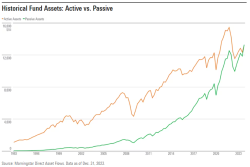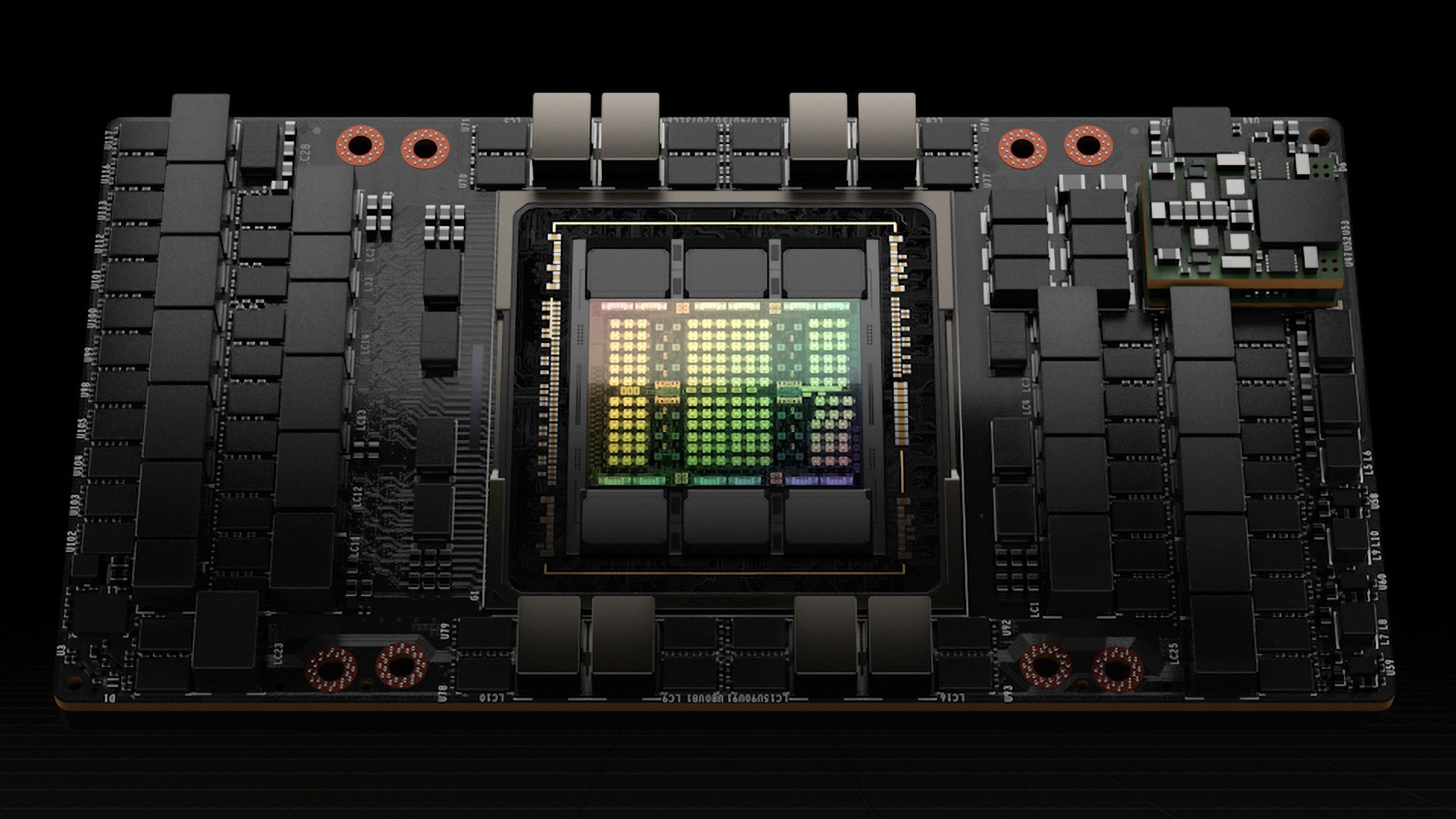That is one pole of the argument. At the other end is the fact that the market could not possibly be managed on a 100% passive basis. If this were to happen, it would cease to function and
price discovery — setting a sensible price for different securities so that capital flows where it can be best used — would become impossible. As it is, index funds trust the valuations placed on companies by the market, which means sending more money toward companies that already have a lofty valuation. This contributes to the formation of bubbles within the market, such as the
growing power of the Magnificent Seven tech stocks.
This received pushback. “If the concentration of passive was having the ‘locked in amber’ result you claim,” wrote one reader, “then we should not see a *growth* in index concentration — we should see more static index weights (why would trades at market weights *increase* the weights of the largest names? Mathematically silly).”
This is true as far as it goes, but ignores that for more than three decades now passive funds have received net inflows. Last year alone, Morningstar says passive US equity funds took in $244 billion, while active funds suffered outflows of $257 billion. That continued a well-established trend:
Each new slug of money gets invested at the fresh market weight. If some managers are growing excited by Nvidia Corp. and pushing up its price, then passive funds will also be obliged to buy more of it with their new inflows, thus inflating a bubble. I also prompted some confusion by warning that if there was a loss of confidence in index funds, these trends could go into reverse. To be clear, I didn’t mean that most active managers would beat the index, but rather that as money came out of passive funds, we might expect the distortions to go into reverse. With each new round of sales to meet redemptions, the biggest stocks would see the greatest selling. Active managers, seeing the redemptions coming, would presumably take evasive action by getting out of the mega caps ahead of time.











